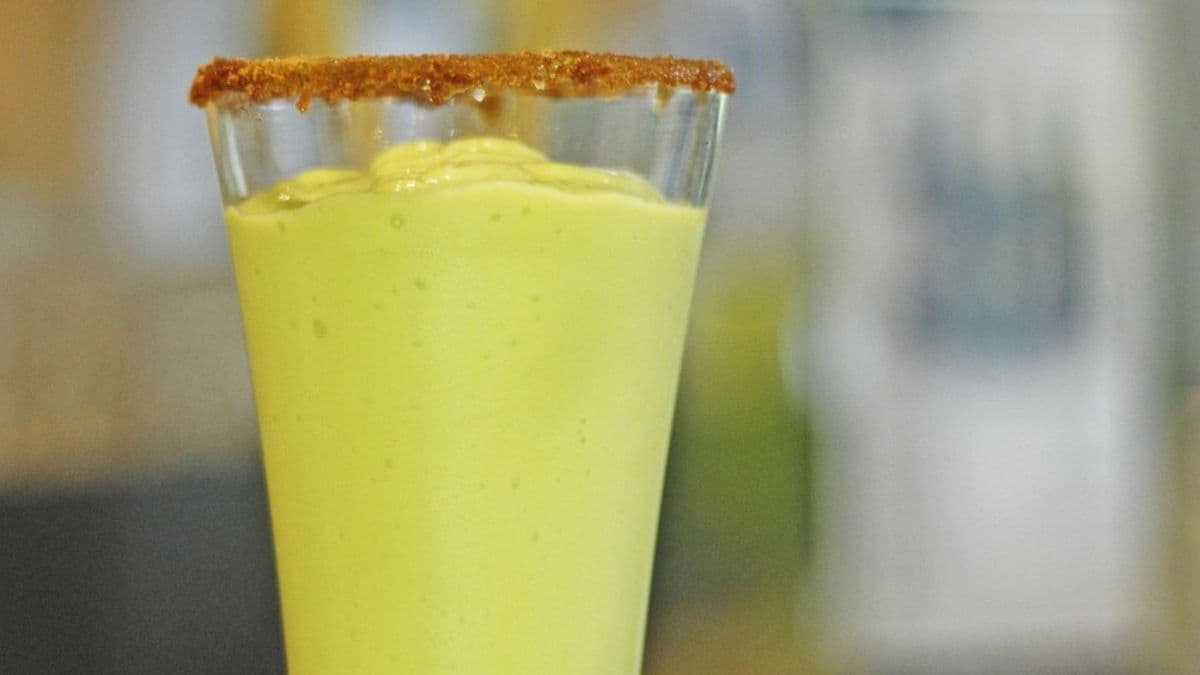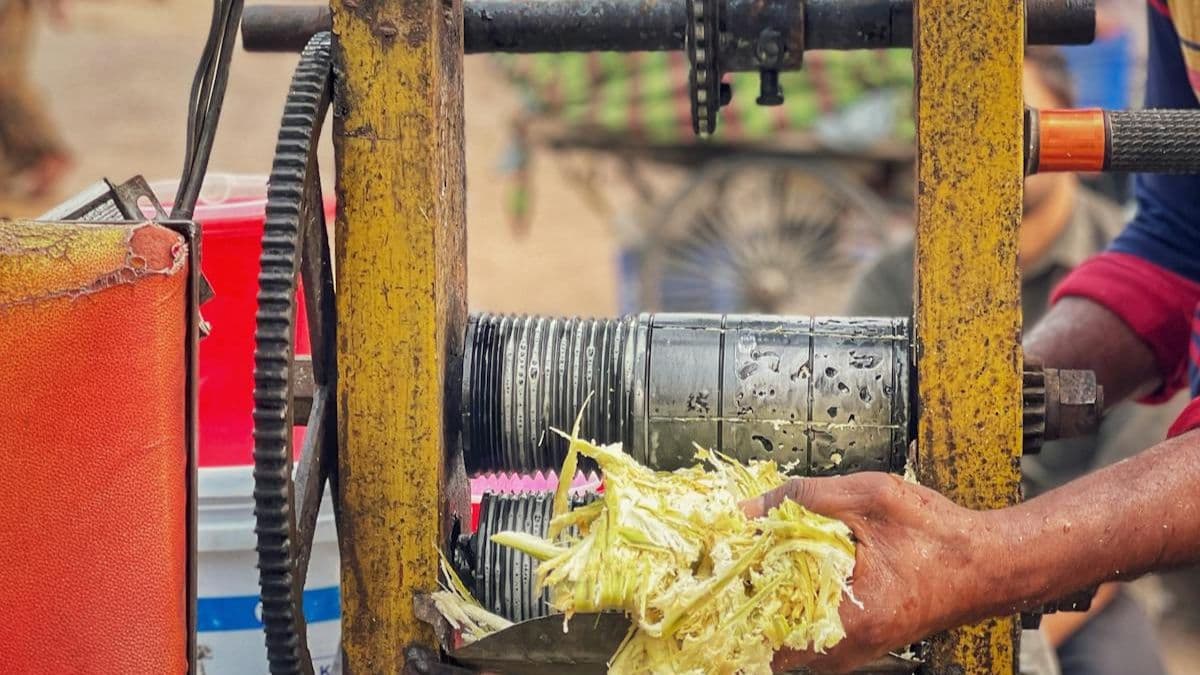From Sweet To Sour: How Sugarcane Ferments And Why Bartenders Love It!
One of the more sweet-forward tropical mixers, sugarcane juice is used to blend a number of different drinks infused with caramelised spirits like aged dark rum and even smoky liquors like mezcal. The inherent sweetness of sugarcane juice lends these tropical blends a layer of very sweet, grassy and thick notes so that the cocktails acquire a dense and luxurious finish.
However, sugarcane juice is prone to turning sour if it is left to itself for a longer duration. This happens because the juice starts to ferment gradually and the flavours that were initially rather sweet, start to transform into tangy and sour notes, bringing about quite a shift in this drink’s characteristics. In fact, when sugarcane juice ferments, it also acquires a slight effervescence that lends the drink a bubbly and foamy look.

And while this sour and fermented juice might be slightly difficult to drink by itself – contrary to sweet sugarcane juice which is served as a mocktail with a sprinkling of black salt – bartenders have found rather creative and imaginative ways to incorporate it in mixology.
Why Sugarcane Juice Ferments
One of the reasons that sugarcane juice ferments is its inherent sweetness. In fact, this process of fermentation is hastened once the sugarcane is juiced and many juice vendors suggest having it right at their store or immediately after taking it home to avoid it from turning.

This is because once it is juiced, sugarcane, which is heavily filled with sugar, is exposed to organic yeasts. And as a result of its minimal acidity, these get to work on the mix and introduce a slightly sour and tangy taste in the sugarcane as more and more sugar starts to dissipate from the juice.
Once the sugarcane juice acquires this kind of fermented effect, not only does it become slightly foamy but it turns completely to acquire some rather pungent, and even slightly tart and deep flavours resembling certain spirits like a newly made rum, yet to ferment in full.
How Bartenders Use Sugarcane Juice In Mixology

Such tasting notes actually carry a lot of complexity and depth and bartenders have found some ways to stabilise this ingredient so it can be used to accentuate the taste of varied tropical mixes. For instance, mixologists ferment sugarcane juice deliberately so it can be infused with vinegars and certain spices to create aromatic and flavourful cocktail shrubs or sour bases.
As well, the slight sourness in sugarcane is an interesting addition to tiki cocktails because it lends them flavour notes that closely resemble the tart qualities of certain kinds of rum, inevitably introducing a layered effect in these mixes.

One such cocktail is a sugarcane daiquiri which can be brought together by adding 15 ml lightly fermented sugarcane juice to about 30 ml good quality white rum and 10 ml of lime juice and simple syrup each.
The resulting blend is a complex mix of sweet, acidic, tart and pungent flavours which lend the tropical drink a more pronounced island-like or tiki-like quality. In modern mixology, this addition of fermented sugarcane juice to cocktails then becomes an interesting way to experiment with the flavour depth the mixer has to offer. And as bartenders practicing zero waste mixology seek different ways to minimise waste, this mixer also becomes a way to salvage leftover sugarcane juice and to put it to use in creative ways.

Pro Tip: As a novice mixologist working with sugarcane juice, ensure that it is properly fermented without being actually spoiled. With this, it will be possible to introduce its light, fizzy and sour flavours in cocktails for infusing these imaginative tastes into blends in the right proportion.
Also Read: Top 7 Fermented Ginger Beverages For Winter Mixology
Drink Responsibly. This communication is for audiences above the age of 25.




